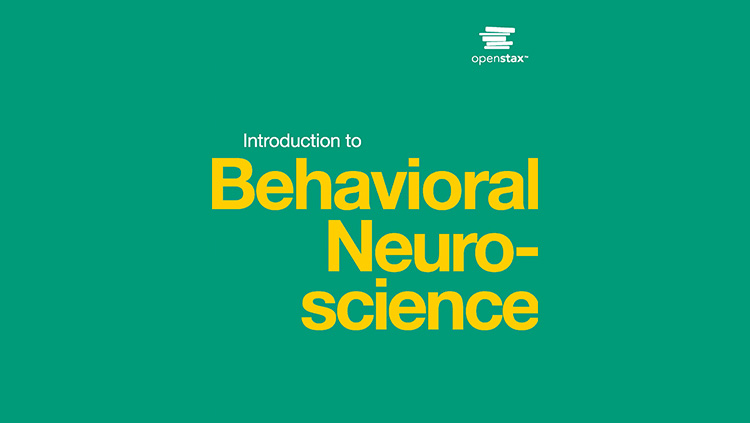
The following Q&A is adapted from the webinar, What’s in a Master’s? Different Programs for Different Needs.
How can faculty prepare students interested in working in different fields, such as health care, education, or public policy?
Paul McGonigle: There are a number of ways we try to ensure that students are best prepared for the work world.
One of those is to really develop professional skills: making sure that they are very effective communicators when presenting and writing, and that they know how to network. Building a professional network is an extremely valuable asset regardless of what career path they choose.
The other is to have a flexible curriculum that can be tailored to the career path that the student is interested in, to try to ensure that they are taking courses or learning skills — laboratory-based, clinical, industrial — that are going to be relevant for their job search.
Make sure to watch the full webinar, What’s in a Master’s? Different Programs for Different Needs.
Speaker








